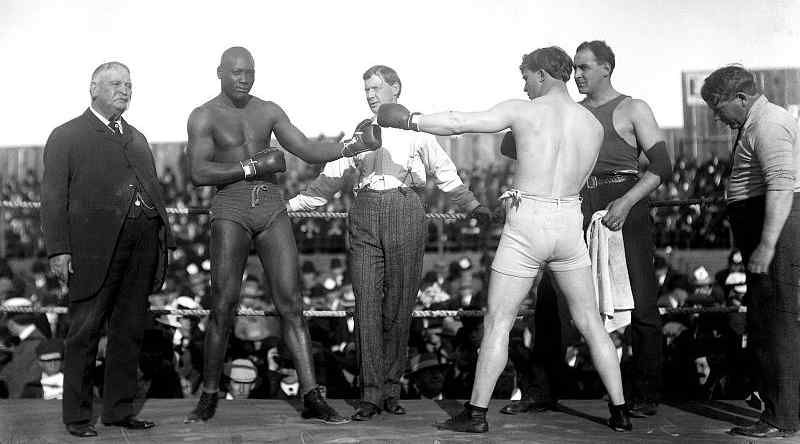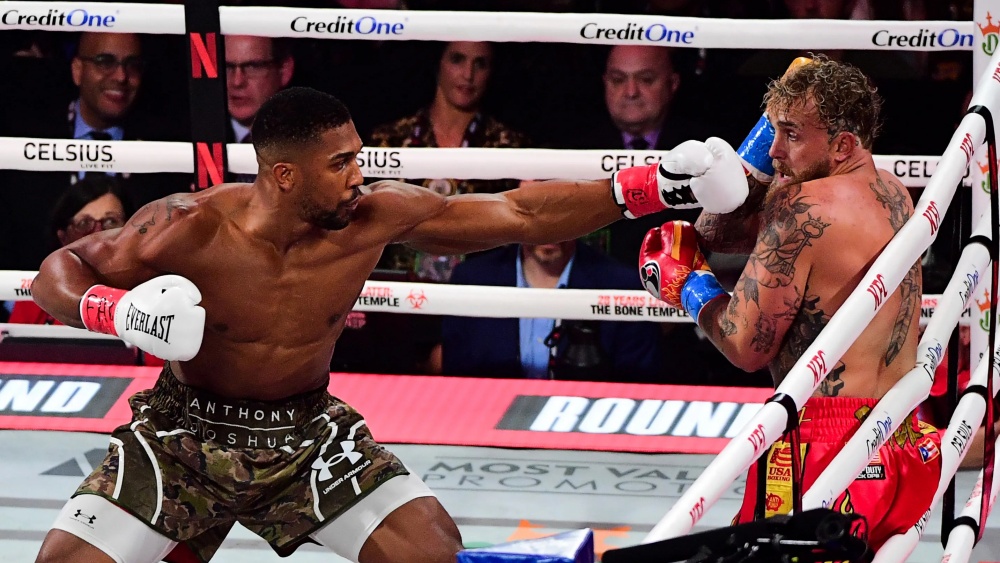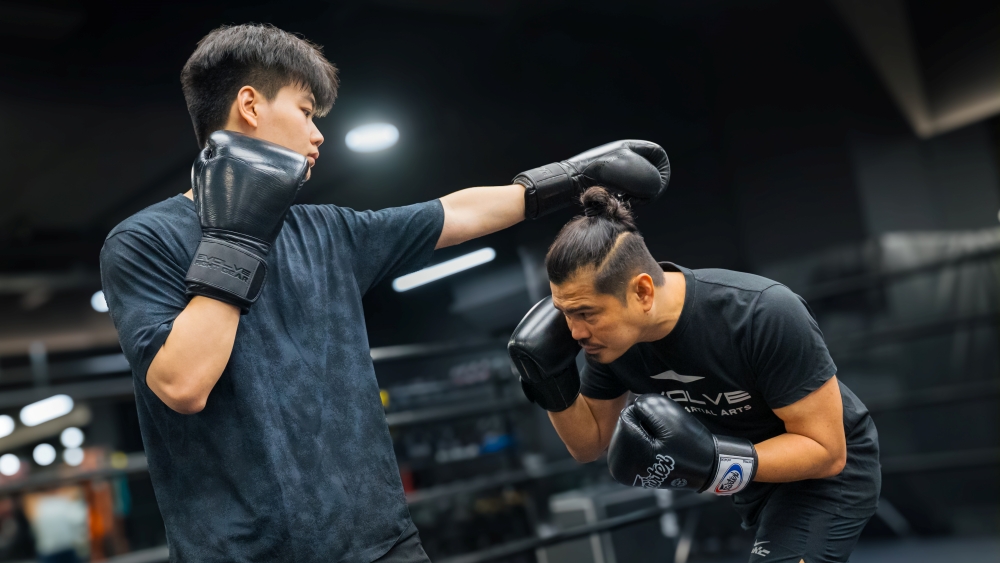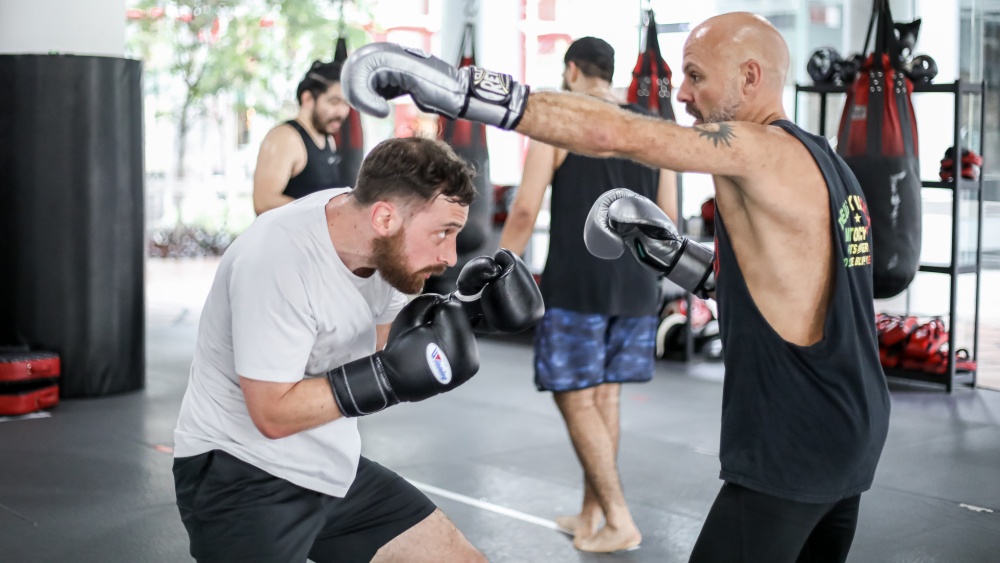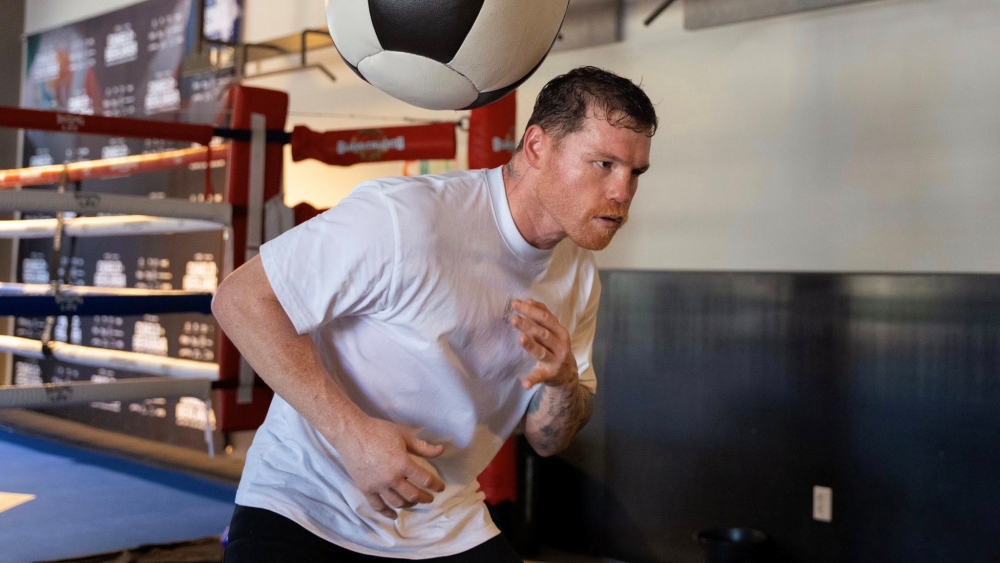The sport of boxing as we know and love today is followed by millions all over the world. It is one of the most popular combat sports in modern times. Within the space of four ring posts and a stretched canvas, countless tales of bravery and courage have been told.
It is known as ‘The Sweet Science’, a martial arts discipline that comprises of punching combinations, upper body movement, defense, and fluid footwork. Two men climb into the ring with the sole objective of knocking each other out or winning enough rounds to earn a decision. Some say it is the purest test of man’s physical ability.
Through time, heroes have been born in the ring — ominous figures like the great Muhammad Ali, heavyweight legend Rocky Marciano, and the powerful Roberto Duran. The list goes on and on. These men have sought glory and fame inside the squared circle, overcoming difficult stretches of training and competition, flanked by the promise of infinite possibilities.
From the ancient Greek civilizations first lifting up their fists in play, to the glitzy, glamorous lights of the Las Vegas strip, boxing has been etched in the pages of human history. But where did it come from?
Ancient Greece And The Olympics
The earliest appearance of boxing in history comes from Sumerian artifacts found in Iraq, originating from the 3rd millennium BCE. Similar relics were also discovered originating from the Mesopotamian nations of Assyria and Babylonia. These etchings showed two men punching each other with wrapped fists for the first time in sport.
Boxing was eventually acquired by ancient Greece and became a well-loved and developed sport enjoyed by the people. It was first introduced as an Olympic sport in the 23rd Olympiad in 688 B.C. Back then, boxers used leather thongs to wrap their hands to provide protection.
Matches did not consist of rounds like we know them today. Instead, fighters competed until one of them conceded defeat or could no longer continue. There were no weight divisions, which means men of all sizes could face anyone, with the naturally larger competitors understandably dominating.
The traditional boxing stance was introduced, with the lead leg slightly forward and the lead hand semi-extended as a guard. The dominant hand would then be drawn back ready to strike. This comprises the classic boxing stance of today.
The Prizefighters Of London
Boxing would later resurface in early 16th century England when one of the sport’s variations called bare-knuckle boxing was born. Here, competitors were referred to as prizefighters because boxers usually competed for trinkets or prize money.
The first ever documented account of a bare-knuckle bout in London was in 1681, when Christopher Monck, 2nd Duke of Albemarle organized a match between his butler and his butcher. Years later, the first ever English bare-knuckle boxing champion was crowned, as James Figg won the title in 1719. At this time, the term “boxing” also came to be used.
Jack Broughton, one of the later bare-knuckle boxing champions, introduced boxing’s first ever ruleset in 1743, to protect the health and safety of prizefighters. Under this ruleset, if a boxer was knocked down and could not get back up within 30 seconds, the match was over.
A lot of the rules and regulations of the Broughton rules are present today in modern boxing, such as the prohibited use of head-butting, eye-gouging, kicking, hitting an opponent when they are down, holding the ropes, and biting.
The Marquess Of Queensberry Rules
In the mid-1800’s, the ruleset which practically now governs modern boxing was born. Developed by John Chambers, the famous Marquess of Queensberry rules were published under the patronage of the Marquess of Queensberry. This name would go down in history as the most associated name with the sport of boxing.
The rules specify that matches should be “fair” and “standing-up” in a square ring usually 24 feet across. Bouts consisted of three-minute rounds, with one-minute rest between rounds. Each boxer is given the ten-count in the case of a knockdown. Any form of grappling or wrestling was completely forbidden.
The introduction of boxing gloves also changed the sport entirely and made bouts safer. Gloves were commonly practiced for use in blocking punches. Because of the introduction of boxing gloves, bouts became longer in duration and strategy came into play. Defensive techniques such as bobbing and weaving and counterpunching emerged.
Modern Professional Boxing
The rich history of boxing leads to the modern day, to the sport we have all grown incredibly familiar with. Throughout the 19th century, boxing has risen immensely in popularity, giving birth to a myriad of sports heroes and legends that have captivated imaginations from all over the world.
Modern professional boxing is practiced in hundreds of nations, where it has seen its popularity grow to unprecedented levels. Countries such as the United States, Mexico, and Russia are just some that treat boxing as a way of life.
Boxing has also emerged in pop culture, with classic films like the Rocky series, and more modern adaptations like Million Dollar Baby and Cinderella Man. Superstars have also become prominent, with names such as Floyd “Money” Mayweather Jr. and Manny “Pacman” Pacquiao inspiring and entertaining millions of fans from all across the world.
Prizes have also increased, with boxers now able to earn millions of dollars to perform in the ring. The Mayweather vs Pacquiao bout in 2015 is the richest boxing match in history, earning both fighters record paydays with Mayweather rumored to have taken home close to $300 million US in a single evening.
As one of the oldest martial arts in existence, boxing is definitely here to stay. So the next time you’re strapping on a pair of boxing gloves, take a step back and appreciate the history of the sport and honor those who have come before you. Needless to say, the future of boxing moving forward rests in our hands — the fans, the enthusiasts, those who love the sport.
You may also like:
